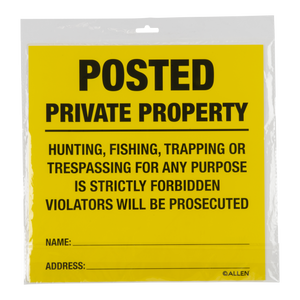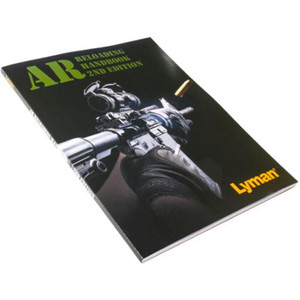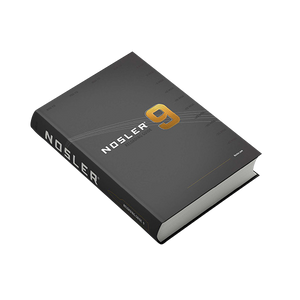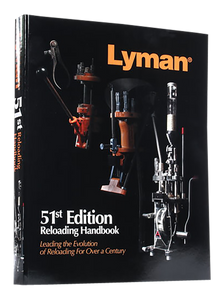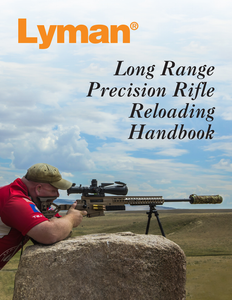
-

-

-

-

-

-

-

-

-

Nosler Reloading Guide 9 - Comprehensive Reloading Manual for Precision Shooting
$32.90$36.50Nosler
-

-

-

-

Reloading Guides & Manuals - Precision Shooting Essentials
Gain invaluable insights and instructions with our Reloading Manuals, essential resources for anyone interested in the science and craft of reloading ammunition. These guides provide detailed information on techniques, measurements, and safety, essential for both novice and experienced reloaders.
Why Reload Your Own Ammunition?
Reloading your own ammunition can be a rewarding and cost-effective hobby. It allows you to tailor your loads to your specific needs, whether that means maximizing accuracy, reducing recoil, or achieving higher velocities. Moreover, it offers a deeper understanding of ballistics and the mechanics of shooting.
Essential Tools and Equipment
Before diving into the reloading process, it's crucial to have the right tools and equipment. Here's a basic list to get you started:
- Reloading Press
- Dies
- Powder Measure
- Scale
- Case Trimmer
- Deburring Tool
- Priming Tool
- Reloading Manual
Importance of Reloading Manuals
Reloading manuals are invaluable resources that provide step-by-step instructions, detailed data, and safety guidelines. They cover a wide range of topics, including:
- Understanding different types of powders and their burn rates
- Correctly measuring powder charges
- Properly seating bullets
- Maintaining consistent cartridge overall length (COL)
- Ensuring safe pressure levels
Safety First
Safety is paramount in the reloading process. Always adhere to the guidelines provided in your reloading manual and never exceed recommended loads. Here are some safety tips to keep in mind:
- Wear safety glasses
- Work in a well-ventilated area
- Keep your work area clean and organized
- Double-check measurements and weights
- Avoid distractions while reloading
Reloading Techniques
Reloading involves several precise steps. Here’s a brief overview:
- Depriming and Resizing: Remove the spent primer and resize the case.
- Trimming: Trim the case to the proper length.
- Deburring: Remove any burrs from the trimmed case.
- Priming: Insert a new primer into the case.
- Powder Charging: Measure and add the correct amount of powder.
- Bullet Seating: Seat the bullet to the correct depth.
- Crimping: Apply a crimp to the case if necessary.
Advanced Reloading Tips
For those who have moved beyond the basics, here are some advanced tips to fine-tune your reloading process:
- Experiment with different powders to find the optimal load
- Use a chronograph to measure bullet velocities
- Try different bullet types and weights
- Analyze group sizes to determine the most accurate load
- Keep detailed records of your loads and their performance
The Takeaway
Whether you're a novice or an experienced reloader, our Reloading Guides & Manuals provide the essential information you need to safely and effectively reload your own ammunition. By understanding the techniques, measurements, and safety protocols, you can enhance your shooting experience and achieve greater precision in your shots. Happy reloading!


